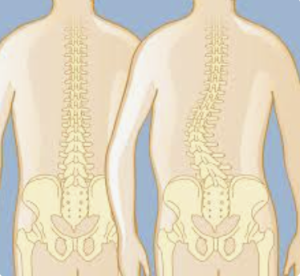In a narrative review Pizones et al. from La Paz Univ. Hosp, Madrid; additional centers in San Antonio, San Diego, Toronto, Barcelona, Charlottesville, New York published in the Global Spine Journal to critically examine evolving strategies in sagittal alignment targets for adult spinal deformity surgery, shifting focus from generic HRQoL goals to preventing mechanical complications Traditional alignment metrics (PI‑LL, SVA, TK) are limited for personalized planning; compensatory strategies (pelvic retroversion, knee flexion) are essential; individualized, structure-shape–based alignment (e.g., GAP, Roussouly, T4‑L1‑Hip‑Axis) reduces mechanical failure risk, though reoperation rates remain high 1).
Critical Review
The narrative review offers a comprehensive appraisal of alignment paradigms, yet:
* Strengths: Integrates key classification systems; emphasizes pelvic and lower-extremity compensation; aligns recent evidence on shape-based vs. quality-of-life–based targets; timely discussion given recent advances (e.g., T4‑L1‑Hip‑Axis)
* Weaknesses: Lacks systematic methodology or quantitative synthesis; conclusions primarily descriptive; limited critical appraisal of conflicting literature; evidence grade unclear
* Evidence gaps: No robust meta-analysis to support superiority of new alignment strategies; minimal discussion on age-adjusted goals (e.g., Lafage et al., 2016, 2017) and their clinical endpoints
Verdict
The article is a well-informed narrative but falls short of high-level evidence. It’s hypothesis-generating rather than definitive in guiding surgical decision-making.
Rating: 6/10
Takeaway for Practicing Neurosurgeon
Use alignment strategies that respect patient-specific morphology (like GAP and Roussouly Classification) and consider whole-body compensation. However, be cautious—this guidance is based on emerging concepts, not on strong comparative trials or comprehensive outcomes data.
Bottom Line
An informative review on evolving alignment goals—but lacking in solid evidence. A step forward in concept, yet insufficient as a standalone clinical guide until validated by robust comparative studies.
Corresponding author: Javier Pizones, Spine Surgery Unit, La Paz University Hospital, Madrid, Spain.
